St. Petersburg (Leningrad) under Khrushchev: The Thaw and the housing boom (1953-1964)
On 6 March 1953, a sonorous voice on Radio Moscow made a stunning announcement: "On 5 March, at 9:50 p.m., after a grave illness, the Chairman of the U.S.S.R. Council of Ministers and the Secretary of the Central Committee of the Communist party of the Soviet Union, Joseph Vissarionovich Stalin, died."
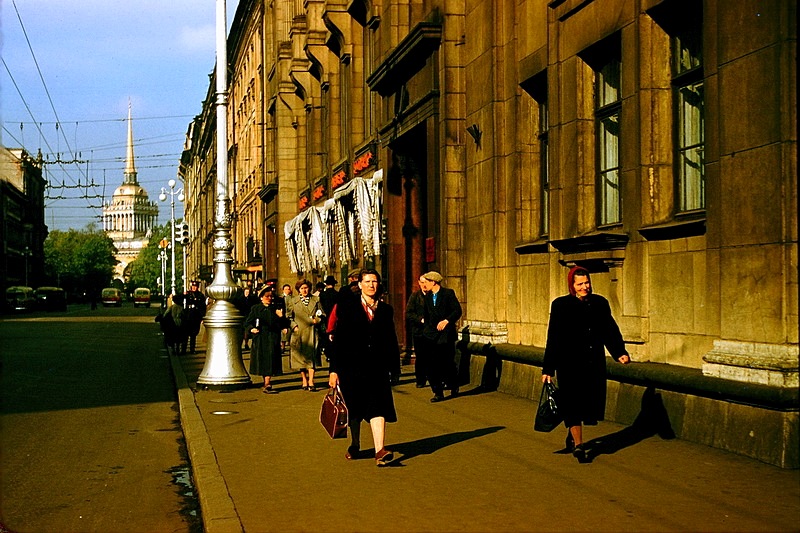
This was shattering news. Stalin had ruled the country for over twenty-five years, as long as many people could remember. The well-traveled Soviet writer Ilya Ehrenburg wrote: "We had long ago forgotten that Stalin was a man. He had become an omnipotent and mysterious god. And now the god had died of a brain hemorrhage. It seemed incredible."
An era had suddenly crashed to a close - but what would come in its place? It was a time of terrifying expectation.
The next year, Ehrenburg published a novel about a corrupt and tyrannical industrial factory boss, a symbolic mini-Stalin, and his disillusioned wife who eventually leaves him as the snow starts to melt. This groundbreaking book was titled The Thaw, and gave its name to the new era of relative liberalisation or "thawing" in politics and culture that followed Stalin's "frozen" reign.
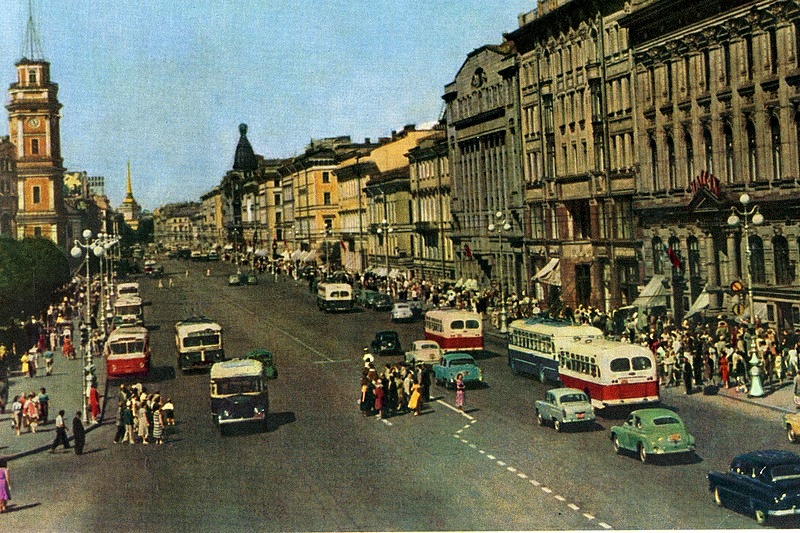
The Thaw began slowly as the behind-the-scenes struggle for power in the Kremlin stretched on over three years. Eventually Nikita Khrushchev emerged victorious, and on 24 February 1956, immediately after the official closing of the Communist Party's Twentieth Congress, delegates were unexpectedly recalled for a secret session. It was midnight. Khrushchev took the stand and once again the incredible happened. For four hours he railed against the former god, saying that whoever had been in disagreement with Stalin had been unjustly "doomed to removal from the leading collective and to subsequent moral and physical annihilation."
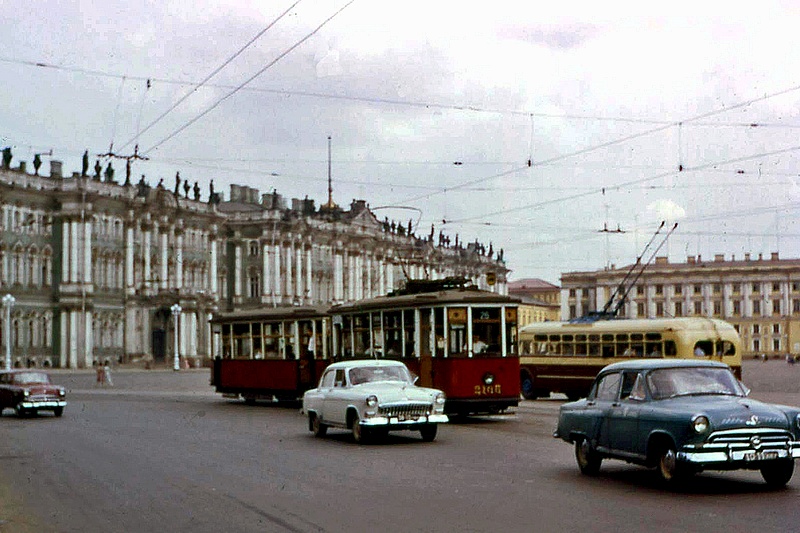
For citizens bred on endless hymns of praise to the "genius" of the great Stalin, Khrushchev's attack seemed so intense that some audience members were said to have experienced heart attacks and others later committed suicide. An ideological and social revolution had begun. Millions of innocent victims who had been killed or imprisoned during the long years of Stalin's reign were officially rehabilitated. Those interred in forced labour camps had their cases reviewed; the majority were found not guilty and allowed to return home.
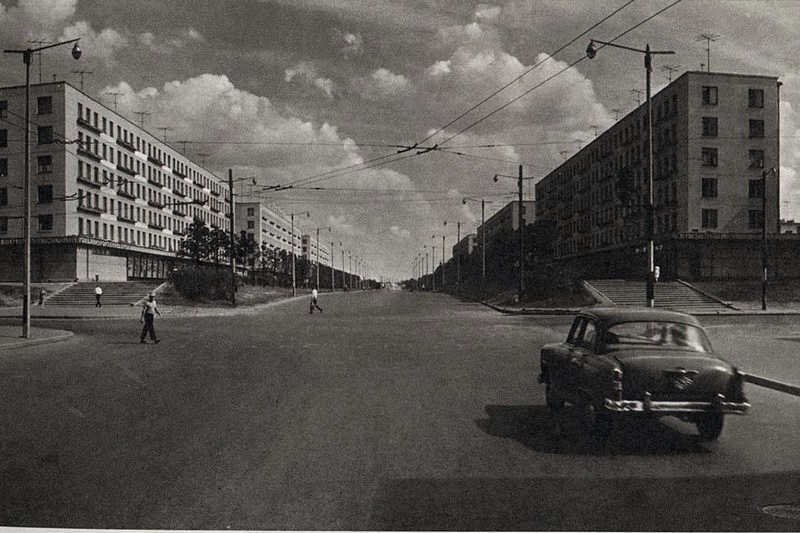
One of these was Anna Akmatova's son, Lev Gumilev, who had been arrested back in the 1930s and sent to the Norilsk Gulag for five years. Like many previous Gulag inhabitants who were released before or during World War II, Lev was re-arrested after the war as part of Stalin's new crackdown, which was especially pronounced in Leningrad in connection with the Leningrad Affair. The crackdown also resulted in Anna's expulsion from the Union of Soviet Writers; she was banned from publishing. Now, under Khrushchev, Lev was rehabilitated and released and Anna allowed to print several volumes of poetry. Other formerly dismissed Leningrad artists, including Dmitry Shostakovich and Mikhail Zoshchenko, experienced the same artistic rehabilitation under the Thaw's relaxed censorship.
Likewise, some foreign movies, books, art, and music were permitted. Hemingway was published and Picasso exhibited. The latter's work, when shown in Moscow and Leningrad in 1956, sparked unsanctioned meetings and intense debate about the extent of artistic freedom in the country. Still, Akhmatova's searing poem "Requiem", which described the horrors of Stalin's Purge in Leningrad, only appeared officially in Russia during perestroika.
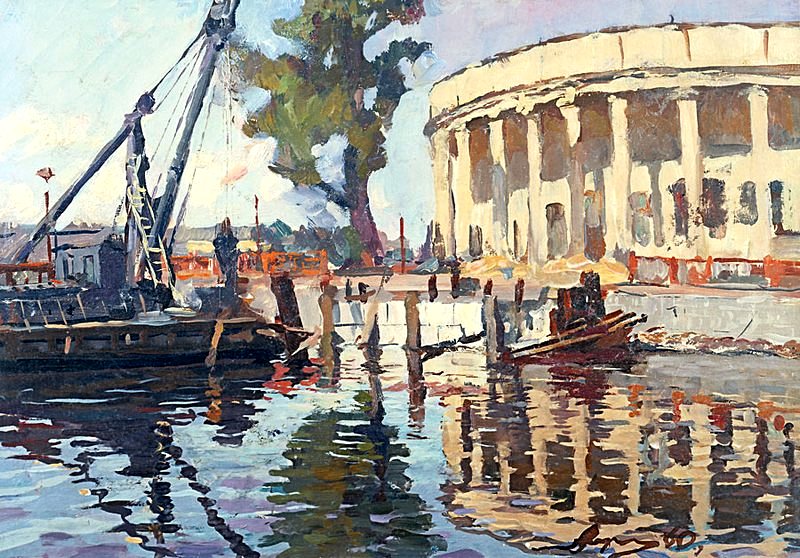
Khrushchev also initiated an ideological change in the concept of the private sphere, with a shift away from the collective housing endorsed by Stalin, whose vision had been of a large, collective family under his watchful paternal leadership. Khrushchev's ideology permitted a higher valuation of private life. In addition to greater emphasis on consumer goods, he promoted a massive construction campaign in order to eliminate persistent housing shortages. The focus was on quantity, not quality. Five- or six-story apartment buildings from prefabricated reinforced concrete were thrown up en masse across the Soviet Union. In Leningrad, about 1,500 of these so-called Khrushchevki were built on the borders of the city's historic center. Derided for their cramped unattractiveness, they nonetheless allowed thousands of people to escape claustrophobic communal apartments: this was the first time that many families had enjoyed a private kitchen and bathroom.

